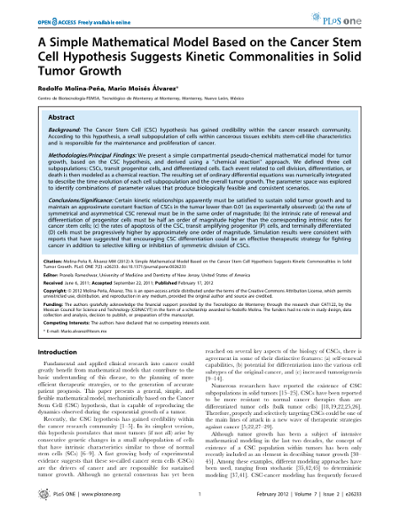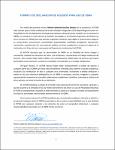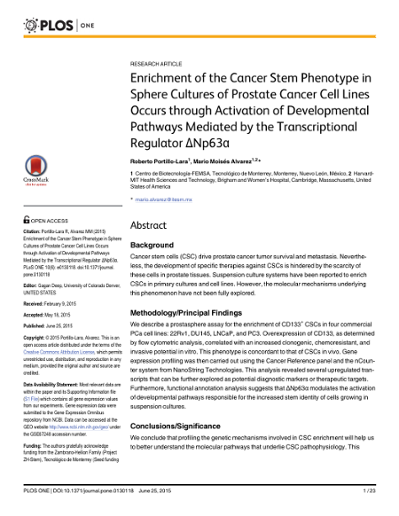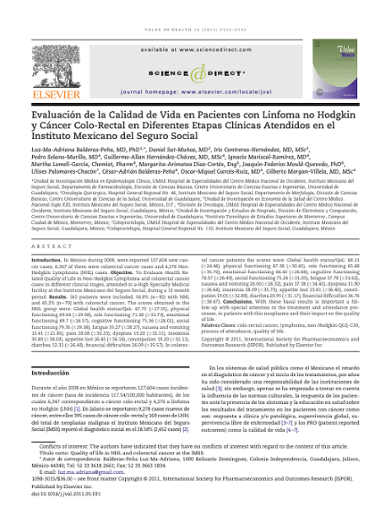| dc.creator | Mario Moisés Alvarez | |
| dc.date | 2012 | |
| dc.date.accessioned | 2018-10-18T22:08:16Z | |
| dc.date.available | 2018-10-18T22:08:16Z | |
| dc.identifier.issn | 19326203 | |
| dc.identifier.doi | 10.1371/journal.pone.0026233 | |
| dc.identifier.uri | http://hdl.handle.net/11285/630539 | |
| dc.description | Background: The Cancer Stem Cell (CSC) hypothesis has gained credibility within the cancer research community. According to this hypothesis, a small subpopulation of cells within cancerous tissues exhibits stem-cell-like characteristics and is responsible for the maintenance and proliferation of cancer. Methodologies/Principal Findings: We present a simple compartmental pseudo-chemical mathematical model for tumor growth, based on the CSC hypothesis, and derived using a "chemical reaction" approach. We defined three cell subpopulations: CSCs, transit progenitor cells, and differentiated cells. Each event related to cell division, differentiation, or death is then modeled as a chemical reaction. The resulting set of ordinary differential equations was numerically integrated to describe the time evolution of each cell subpopulation and the overall tumor growth. The parameter space was explored to identify combinations of parameter values that produce biologically feasible and consistent scenarios. Conclusions/Significance: Certain kinetic relationships apparently must be satisfied to sustain solid tumor growth and to maintain an approximate constant fraction of CSCs in the tumor lower than 0.01 (as experimentally observed): (a) the rate of symmetrical and asymmetrical CSC renewal must be in the same order of magnitude; (b) the intrinsic rate of renewal and differentiation of progenitor cells must be half an order of magnitude higher than the corresponding intrinsic rates for cancer stem cells; (c) the rates of apoptosis of the CSC, transit amplifying progenitor (P) cells, and terminally differentiated (D) cells must be progressively higher by approximately one order of magnitude. Simulation results were consistent with reports that have suggested that encouraging CSC differentiation could be an effective therapeutic strategy for fighting cancer in addition to selective killing or inhibition of symmetric division of CSCs. © 2012 Molina-Peña, Álvarez. | |
| dc.language | eng | |
| dc.relation | https://www.scopus.com/inward/record.uri?eid=2-s2.0-84857171440&doi=10.1371%2fjournal.pone.0026233&partnerID=40&md5=b4b438f4e8d831c23c091655c8fc2e71 | |
| dc.relation | Investigadores | |
| dc.relation | Estudiantes | |
| dc.rights | info:eu-repo/semantics/openAccess | |
| dc.rights.uri | http://creativecommons.org/licenses/by-nc-nd/4.0 | |
| dc.source | PLoS ONE | |
| dc.subject | antineoplastic activity | |
| dc.subject | article | |
| dc.subject | cancer chemotherapy | |
| dc.subject | cancer growth | |
| dc.subject | cancer resistance | |
| dc.subject | cancer stem cell | |
| dc.subject | cell cycle arrest | |
| dc.subject | cell death | |
| dc.subject | cell differentiation | |
| dc.subject | cell killing | |
| dc.subject | cell kinetics | |
| dc.subject | cell proliferation | |
| dc.subject | cell renewal | |
| dc.subject | cell subpopulation | |
| dc.subject | chemical reaction | |
| dc.subject | controlled study | |
| dc.subject | drug targeting | |
| dc.subject | feasibility study | |
| dc.subject | mathematical model | |
| dc.subject | molecular dynamics | |
| dc.subject | molecular evolution | |
| dc.subject | solid tumor | |
| dc.subject | validation process | |
| dc.subject | biological model | |
| dc.subject | data base | |
| dc.subject | disease course | |
| dc.subject | human | |
| dc.subject | kinetics | |
| dc.subject | neoplasm | |
| dc.subject | pathology | |
| dc.subject | statistical model | |
| dc.subject | Cell Death | |
| dc.subject | Cell Proliferation | |
| dc.subject | Databases as Topic | |
| dc.subject | Disease Progression | |
| dc.subject | Humans | |
| dc.subject | Kinetics | |
| dc.subject | Linear Models | |
| dc.subject | Models, Biological | |
| dc.subject | Neoplasms | |
| dc.subject | Neoplastic Stem Cells | |
| dc.subject.classification | 7 INGENIERÍA Y TECNOLOGÍA | |
| dc.title | A simple mathematical model based on the cancer stem cell hypothesis suggests kinetic commonalities in solid tumor growth | |
| dc.type | Artículo | |
| dc.identifier.volume | 7 | |
| dc.identifier.issue | 2 | |
| refterms.dateFOA | 2018-10-18T22:08:16Z | |




